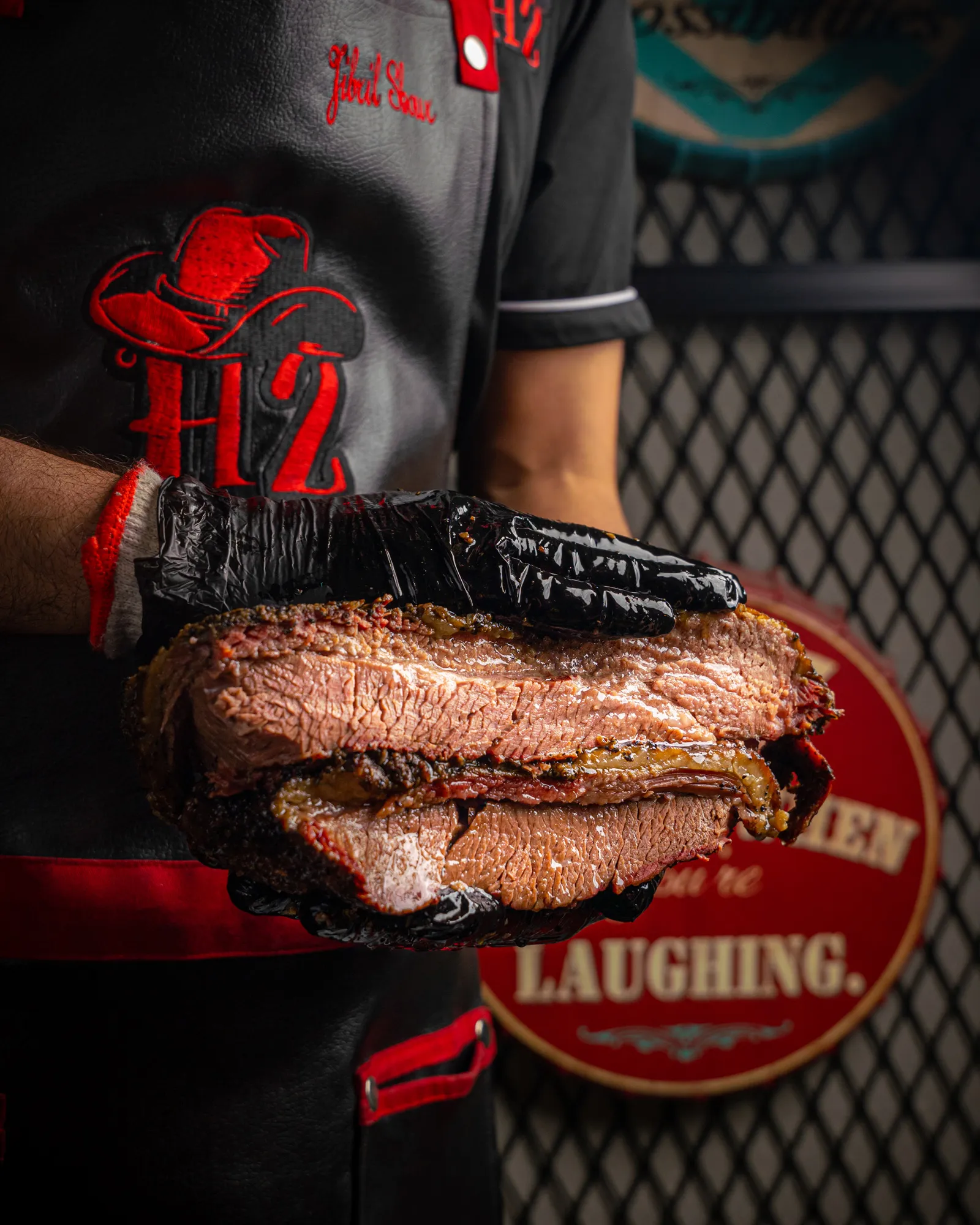Starting a career as a food photographer combines a passion for culinary arts with an eye for visual storytelling. If you’re interested in capturing the beauty of food and sharing it with the people, here’s a step-by-step guide to help you start your journey as professional food photographer.
Develop your photography skills:
The first step to becoming a food photographer is to build a strong foundation in photography. Familiarize yourself with the technical aspects of your camera, including settings such as aperture, shutter speed, and ISO. Learn about composition, lighting, and color theory, which are important for creating appealing food images. Consider taking photography courses, either online or in-person, to improve your skills. Practice regularly by photographing food in various settings, experimenting with different techniques to find your style.
Create a portfolio:
A well-curated portfolio is essential for showcasing your skills and attracting clients. Start by photographing dishes at home or collaborating with local restaurants and food bloggers. Focus on capturing a diverse range of styles, including close-ups, overhead shots, and styled arrangements. Your portfolio should demonstrate your ability to create visually appealing and appetising images. Aim to include 10-15 of your best works that highlight your unique style and versatility.
Invest in equipment:
While you don’t need the most expensive gear to start, investing in quality equipment can significantly improve your photography. A digital camera with manual settings, a versatile lens (such as a 50mm or macro lens), and a sturdy tripod are essential for food photography. Good lighting equipment, such as softboxes or reflectors, can also improve your images by allowing you to control the light effectively. Over time, as your skills grow, you can upgrade your equipment to match your evolving needs.
Understand food styling:
Food styling plays a key role in food photography. Understanding how to arrange and present dishes attractively will elevate your photography. Learn about color combinations, plating techniques, and the use of props to improve your images. Consider taking a food styling workshop or studying the work of professional food stylists to gather inspiration and tips.
Network and market yourself:
Networking is vital in the food photography industry. Attend food-related events, connect with local chefs and restaurant owners, and join photography and food communities online. Create a strong social media presence to showcase your work and engage with clients. Platforms like Instagram and Pinterest are particularly effective for food photography. Additionally, consider starting a blog or website to display your portfolio and offer services.


